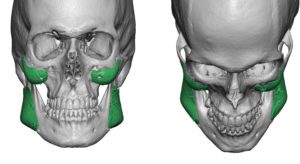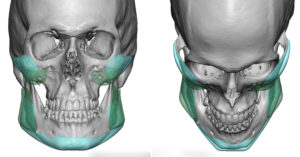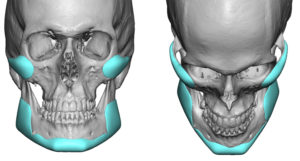Background: Facial reshaping surgery is a broad collection of bone augmentation and reduction procedures. Almost all of the facial bone augmentation procedures are done by some form of onlay augmentation, most commonly preformed by preformed implant styles. Of all available facial implants the four most common areas augmented are the chin, nose, cheek and jaw angles. All of these represent facial projection points where augmentation can make a big difference on the perception of the face.
Of all available facial implants the hardest ones to choose a proper style and then surgical place are the cheeks and jaw angle locations. Cheek implants are technically easier to place but getting the right style of implant can be difficult as they are major gender aesthetic differences in this part of the midface. Jaw angle implants have less style choices but is very hard to place and position on the bone properly and are highly prone to malposition.
The success of facial implants is most fundamentally controlled by the style and size of the implant chosen. A perfectly performed facial implant placement that heals without complications may be viewed as a surgical success. But if it fails to meet the patient’s facial change goals it is still an aesthetic failure.
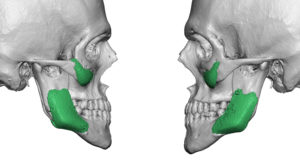
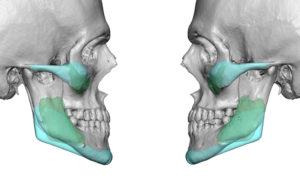
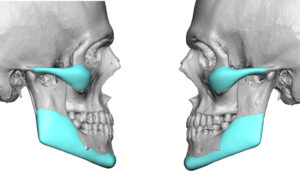
How to choose proper facial implant style and size is not only not an exact science, it is really not something that any plastic surgeon learns to do in their training. It is still a judgment by the surgeon who tries to understand the patient’s facial goals and then makes an aesthetic judgment about implant selection.
Highlights:
1) Facial reshaping surgery often includes cheek and jaw implants.
2) Incorrect styles of cheek and jaw angle implants can lead to undesired facial shape changes.
3) Certain types of facial reshaping changes requires custom cheek and jaw implants to achieve the patient’s desired aesthetic result.
Dr. Barry Eppley
Indianapolis, Indiana



